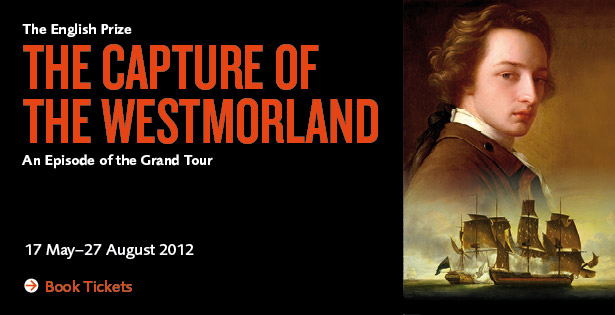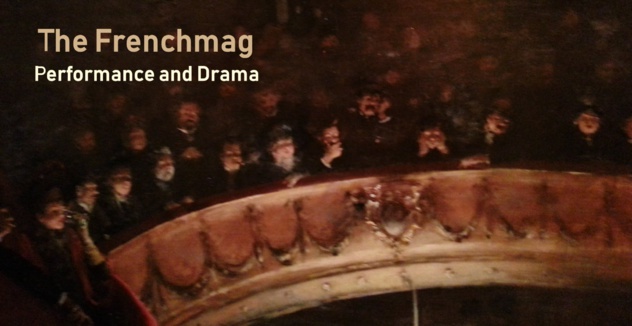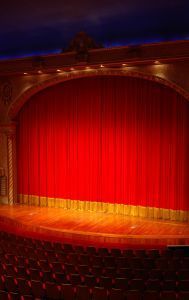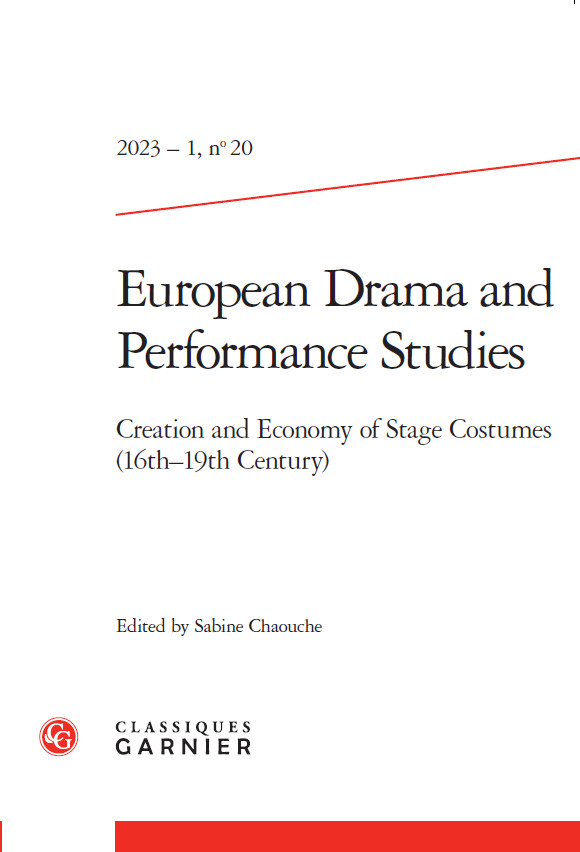
www.ashmolean.org/exhibitions/tickets
The story of the Westmorland, an armed merchant ship sailing from Livorno to London in January 1779, is one of colourful 18th-century personalities and modern detective work. Consigned to the ship, by a cast of characters that included artists, aristocrats and dealers, was a precious cargo of art and antiquities, books, and luxury goods such as 32 wheels of Parmesan cheese. Captured by two French warships on 7 January 1779 and declared a ‘prize of war’, the Westmorland and the goods on board were acquired by King Carlos III of Spain who presented many of the works of art to the Real Academia de Bellas Artes de San Fernando, Madrid. Other items were eventually scattered across Spanish museums; one painting ended up as far away as St Petersburg. Reconstructed with archival discoveries and research in Spanish collections, The English Prize presents 140 objects including paintings, drawings, sculptures, books and maps from the fateful voyage, in a vivid recreation of the Grand Tour and the high seas.
The exhibition is the result of an extraordinary research project begun in the late 1990s, with gaps in the story filled by discoveries made in recent years. It was found, for instance, that the mysterious marking ‘P. Y’ on books and drawings in the Academia indicated ‘Presa Ynglesa’ (‘The English Prize’). The original inventories of the ship’s crates which survive in the archives in Madrid are remarkably thorough and have allowed the identification of many items which were on the Westmorland when it was captured. Using these records and studying the notes and marginalia scribbled on books and maps by their owners, it is now possible to link the objects and works of art to the individuals who were sending them home to Britain.
Amongst the highlights of the exhibition are portraits of Grand Tourists Francis Bassett and George Legge (Viscount Lewisham), by Pompeo Batoni; a group of amazingly fresh watercolours by John Robert Cozens made on his first trip to Italy; and portrait busts by Irish sculptor Christopher Hewetson who was working in Rome. Of the tourists, collectors and dealers who had consigned works of art and souvenirs to the Westmorland, we find the Scottish painter Allan Ramsay; the diplomat and dealer John Udny; a Scottish landowner and lawyer, Sir John Henderson of Fordell; and such a high ranking aristocrat as the Duke of Gloucester, brother of George III.
Dr Catherine Whistler, Senior Curator for European Art at the Ashmolean, said, “British tourists in Italy in the 1770s were time-travellers, imagining themselves in the classical past amidst the landscapes and ruins they encountered on their journeys. The maps, books and antiquities that they purchased and works of art they commissioned were imbued with meaning and memories. Visitors to The English Prize have the opportunity to step into a time-capsule of this world and experience the fascinating story of the Westmorland, its voyage, and its treasure.”
Exhibition: The English Prize: The Capture of the Westmorland, an Episode of the Grand Tour
Dates: 17 May–27 August 2012
Venue: Ashmolean Special Exhibition Galleries, Beaumont Street, Oxford, OX1 2PH
Tickets: £9/7 concessions, available at the Museum or online at www.ashmolean.org/exhibitions/tickets
Catalogue: The exhibition is accompanied by a major publication edited by the exhibition curators Scott Wilcox, Chief Curator of Art Collections and Senior Curator of Prints and Drawings, Yale Center for British Art, and María Dolores Sánchez-Jáuregui Alpañés, Senior Research Fellow, Paul Mellon Centre for Studies in British Art. Published by Yale University Press, the catalogue includes essays by Professor José María Luzón Nogué and other 18th-century specialists. £45 available to buy at the Ashmolean Museum Shop and online at www.ashmolean.org/shop from May 2012.
Press View: Wednesday 16 May 2012, 10am–12pm
Yale Center: The exhibition will be shown at the Yale Center for British Art, New Haven from 4 October 2012 –13 January 2013
The exhibition is the result of an extraordinary research project begun in the late 1990s, with gaps in the story filled by discoveries made in recent years. It was found, for instance, that the mysterious marking ‘P. Y’ on books and drawings in the Academia indicated ‘Presa Ynglesa’ (‘The English Prize’). The original inventories of the ship’s crates which survive in the archives in Madrid are remarkably thorough and have allowed the identification of many items which were on the Westmorland when it was captured. Using these records and studying the notes and marginalia scribbled on books and maps by their owners, it is now possible to link the objects and works of art to the individuals who were sending them home to Britain.
Amongst the highlights of the exhibition are portraits of Grand Tourists Francis Bassett and George Legge (Viscount Lewisham), by Pompeo Batoni; a group of amazingly fresh watercolours by John Robert Cozens made on his first trip to Italy; and portrait busts by Irish sculptor Christopher Hewetson who was working in Rome. Of the tourists, collectors and dealers who had consigned works of art and souvenirs to the Westmorland, we find the Scottish painter Allan Ramsay; the diplomat and dealer John Udny; a Scottish landowner and lawyer, Sir John Henderson of Fordell; and such a high ranking aristocrat as the Duke of Gloucester, brother of George III.
Dr Catherine Whistler, Senior Curator for European Art at the Ashmolean, said, “British tourists in Italy in the 1770s were time-travellers, imagining themselves in the classical past amidst the landscapes and ruins they encountered on their journeys. The maps, books and antiquities that they purchased and works of art they commissioned were imbued with meaning and memories. Visitors to The English Prize have the opportunity to step into a time-capsule of this world and experience the fascinating story of the Westmorland, its voyage, and its treasure.”
Exhibition: The English Prize: The Capture of the Westmorland, an Episode of the Grand Tour
Dates: 17 May–27 August 2012
Venue: Ashmolean Special Exhibition Galleries, Beaumont Street, Oxford, OX1 2PH
Tickets: £9/7 concessions, available at the Museum or online at www.ashmolean.org/exhibitions/tickets
Catalogue: The exhibition is accompanied by a major publication edited by the exhibition curators Scott Wilcox, Chief Curator of Art Collections and Senior Curator of Prints and Drawings, Yale Center for British Art, and María Dolores Sánchez-Jáuregui Alpañés, Senior Research Fellow, Paul Mellon Centre for Studies in British Art. Published by Yale University Press, the catalogue includes essays by Professor José María Luzón Nogué and other 18th-century specialists. £45 available to buy at the Ashmolean Museum Shop and online at www.ashmolean.org/shop from May 2012.
Press View: Wednesday 16 May 2012, 10am–12pm
Yale Center: The exhibition will be shown at the Yale Center for British Art, New Haven from 4 October 2012 –13 January 2013




